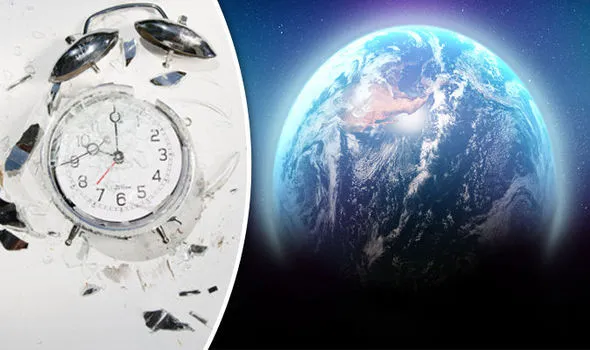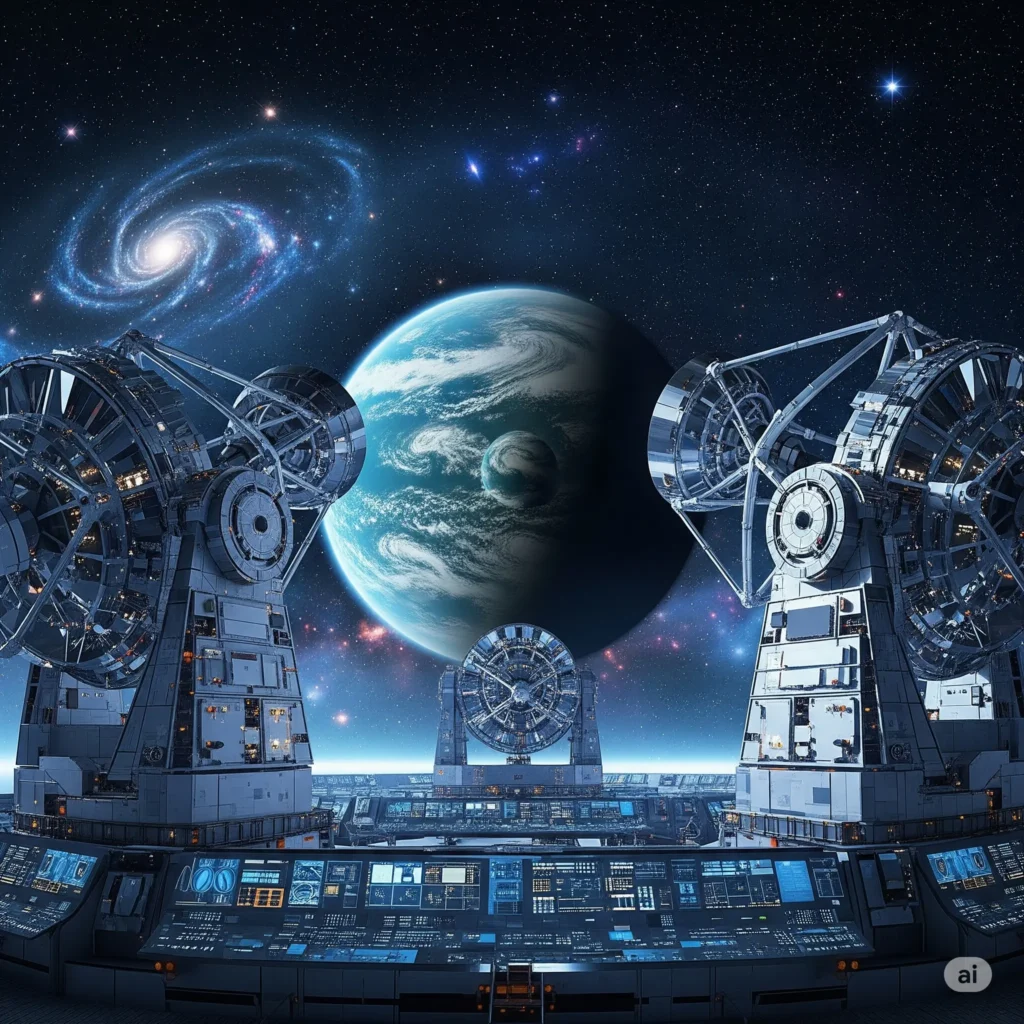Will We Ever Have a 25-Hour Day? The Surprising Truth About Earth’s Slowing Rotation
The idea of a 25-hour day is tantalizing. Imagine an extra hour for work, hobbies, or much-needed sleep. It’s a concept that occasionally surfaces in headlines and online discussions, leading many to wonder if our days are genuinely getting longer. The short answer is yes, the day is getting longer. However, the reality of when we might experience a 25-hour day is a story written on a cosmic and geological timescale, far grander than our daily lives.
The science behind this phenomenon is a fascinating gravitational dance between the Earth and its Moon. While the change is imperceptible to us, it has profound implications for our planet’s past and its distant future. This article will delve into the mechanisms causing Earth’s day to lengthen, the precise rate of this change, and what it would take to reach that coveted 25th hour.
The Cosmic Brake: How the Moon Slows Our Planet
The primary driver behind the lengthening of Earth’s day is a process known as tidal braking. It’s a direct consequence of the gravitational interaction between the Earth and the Moon. Here’s how it works:
- The Moon’s Gravitational Pull: The Moon’s gravity exerts a pull on Earth. This pull is not uniform across the entire planet; it’s strongest on the side of Earth facing the Moon and weakest on the opposite side.
- Creating Tidal Bulges: This differential gravitational force causes Earth’s oceans to deform, creating two bulges. One bulge forms on the side directly facing the Moon, and another forms on the side farthest away. These are the high tides we observe.
- Earth’s Rotation vs. The Moon’s Orbit: The critical part of this process is that the Earth rotates on its axis much faster (once every ~24 hours) than the Moon orbits the Earth (once every ~27.3 days). This rapid rotation drags the tidal bulges slightly ahead of the Moon in its orbit.
- The Braking Effect: Because these massive ocean bulges are not directly under the Moon, the Moon’s gravity pulls back on them. This constant, gentle tug on the bulges acts like a brake on the spinning Earth, causing its rotation to slow down over millions of years. This transfer of energy is a core principle in physics, and as a result, Earth’s rotational energy decreases. You can learn more about this gravitational relationship in our complete guide to the Moon.
This process creates a feedback loop. As the Earth’s rotation slows, energy is transferred to the Moon, pushing it into a slightly higher orbit. In fact, NASA scientists have confirmed that the Moon is drifting away from Earth at a rate of about 3.8 centimeters (or 1.5 inches) per year. This incredible celestial interaction is detailed on NASA’s official page about the Moon.
Measuring the Slowdown: A Change of Milliseconds
So, how quickly is the day actually getting longer? The rate is incredibly small. Scientific measurements, based on everything from ancient astronomical records to modern atomic clocks, show that the length of an Earth day is increasing by approximately 1.7 to 2 milliseconds per century.
To put that in perspective, a millisecond is one-thousandth of a second. It would take about 50,000 years for the day to lengthen by just a single second. This change is far too slow for any human to notice within their lifetime.
Evidence for this slowdown comes from several sources:
- Ancient Eclipse Records: Astronomers in ancient civilizations like Babylonia, China, and Greece recorded solar and lunar eclipses. By comparing their records of when and where these eclipses occurred with modern predictions, scientists can calculate how much Earth’s rotation has slowed over the centuries. If Earth’s rotation hadn’t changed, these ancient eclipses would have been visible in different locations.
- Geological Evidence: Scientists can also study ancient geological formations. Tidal rhythmites, which are layered sediment deposits in rock, show the pattern of tides from hundreds of millions of years ago. By analyzing these layers, geologists can determine the number of days in a year at that point in history. For example, evidence from 620 million years ago suggests the day was only 21.9 hours long.
The Road to a 25-Hour Day: A Journey of 200 Million Years
With the day lengthening at about 1.7 milliseconds per century, we can calculate how long it would take to add a full hour. An hour contains 3,600 seconds, which is 3,600,000 milliseconds.
A simple calculation reveals that adding one full hour to our day would take approximately 200 million years.
To give that timescale some context:
- The dinosaurs went extinct about 66 million years ago.
- The first mammals appeared over 200 million years ago.
- Modern humans (Homo sapiens) have only existed for about 300,000 years.
Therefore, the 25-hour day is not a near-future event. It is a concept that belongs to the realm of deep geological time, a period so vast it’s difficult for us to comprehend. By the time Earth has a 25-hour day, the continents will have shifted into new configurations, and life on the planet might look drastically different, assuming it’s even still here. These kinds of long-term shifts are a key part of understanding our planet’s long-term climate patterns.
Real-World Consequences: Leap Seconds
While we won’t be adjusting our clocks to a 25-hour schedule anytime soon, the slowing of Earth’s rotation has one very tangible consequence today: the leap second.
Because our highly precise atomic clocks run at a constant rate, they slowly get out of sync with Earth’s slightly slowing and irregular rotation. To correct this discrepancy and ensure that Coordinated Universal Time (UTC) stays aligned with the solar day, international timekeepers occasionally add a “leap second” to our official clocks.
This practice is managed by the International Earth Rotation and Reference Systems Service (IERS). You can read more about the scientific basis for this on the U.S. National Institute of Standards and Technology (NIST) website. However, the system has proven disruptive to modern digital systems, and scientific bodies have voted to abolish the leap second by 2035, opting for a different method of reconciliation in the future.
Conclusion: The Grand, Slow Clockwork of Our Planet
The claim that we are on the verge of a 25-hour day is a myth, but it’s rooted in a fascinating scientific truth. The Earth’s day is getting longer, driven by the relentless gravitational pull of the Moon in a process known as tidal braking. This change, however, is extraordinarily slow, measured in mere milliseconds per century.
The 25-hour day remains a distant reality, a milestone that our planet will likely only reach in about 200 million years. Far from being a concern for our daily lives, this gradual slowdown is a beautiful reminder of the dynamic and ever-evolving nature of our solar system. It’s a testament to the powerful, invisible forces that have shaped our planet over billions of years and will continue to shape its destiny long after we are gone. For now, we’ll have to make the most of the 24 hours we have.
Want more cosmic insights? Check out our latest articles and keep exploring the universe with us!


